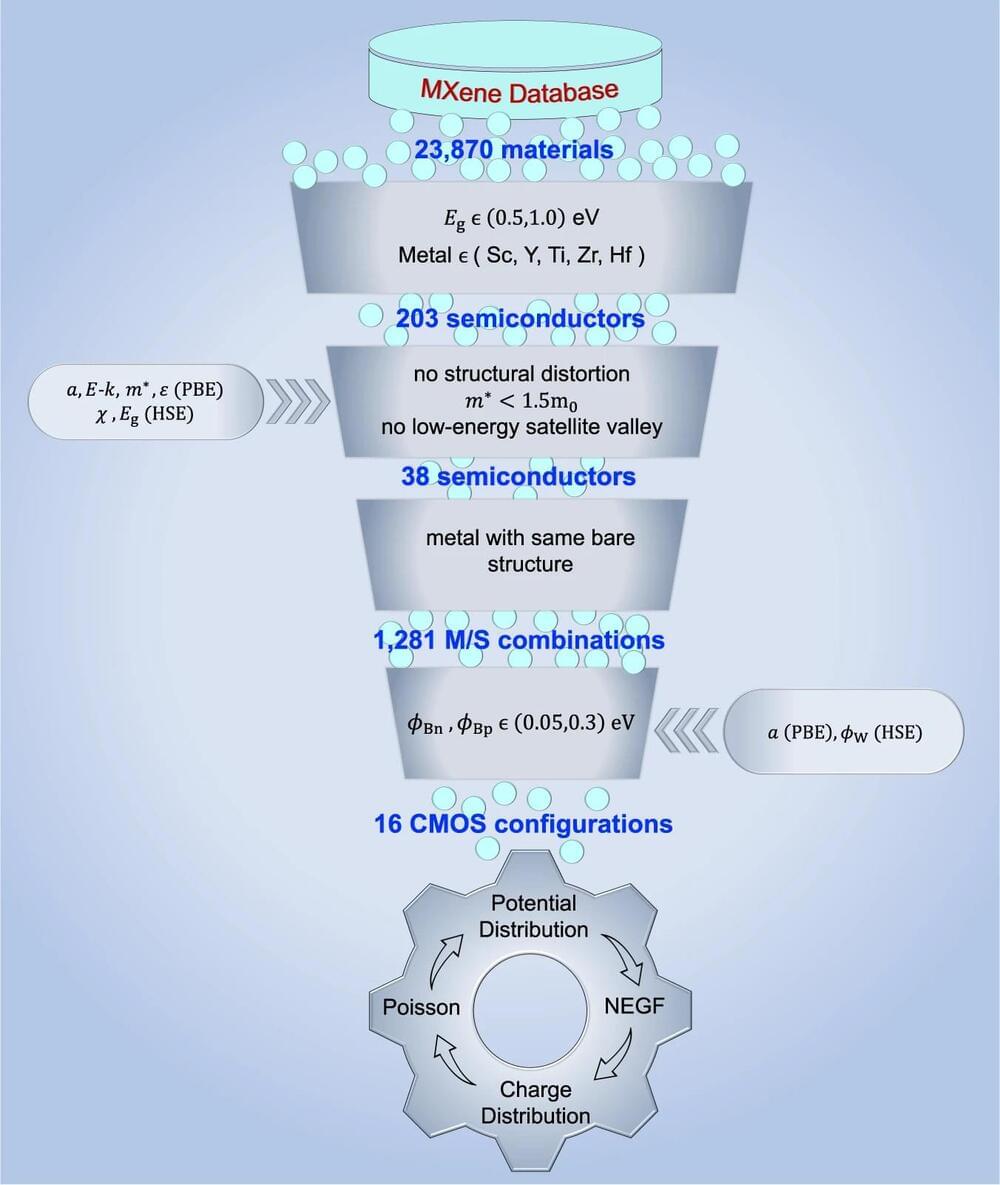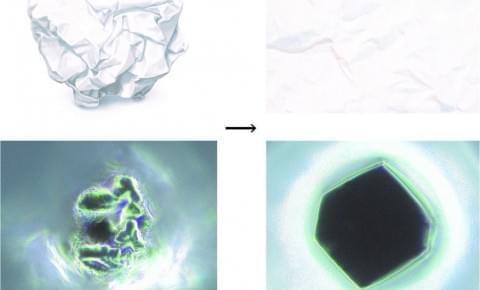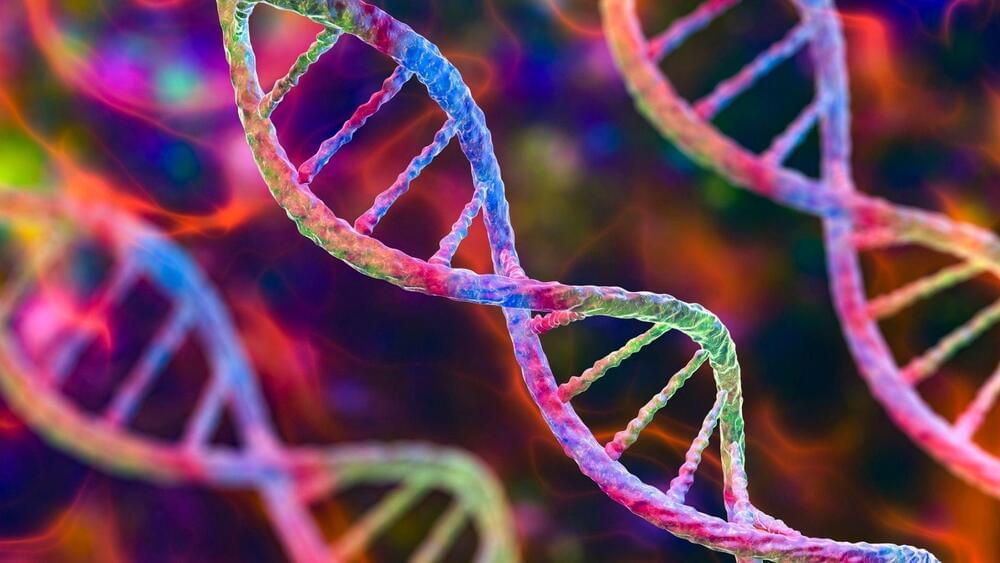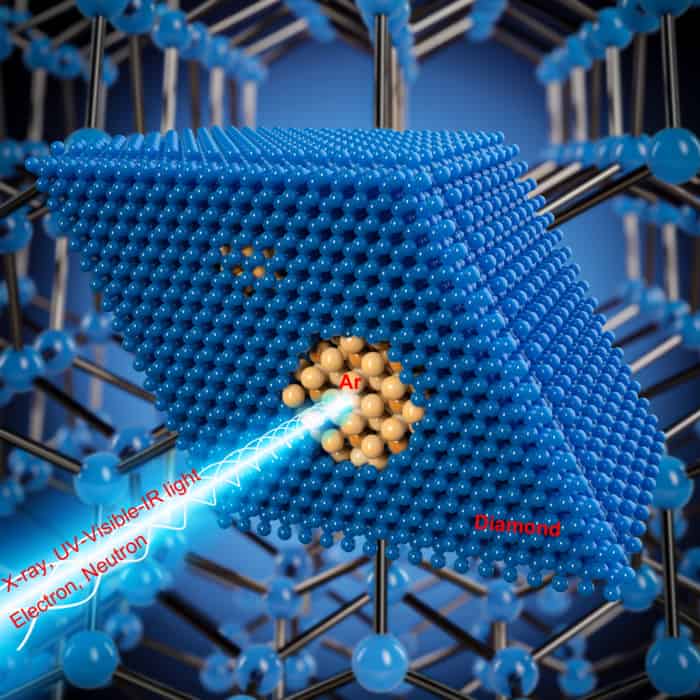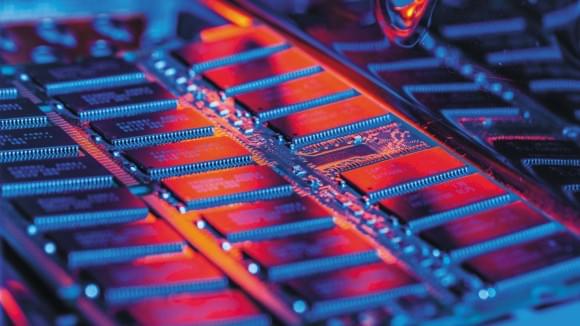Two-dimensional material-based transistors are being extensively investigated for CMOS (complementary metal oxide semiconductor) technology extension; nevertheless, downscaling appears to be challenging owing to high metal-semiconductor contact resistance.
Two-dimensional (2D) nano-materials could be a replacement for conventional CMOS semiconductors for high-speed integrated circuits and very low power usage. CMOS is reaching the physical limits of about 1 nanometer circuits.
Lab performance of these devices has been found to meet the international roadmap for devices and systems (IRDS) requirements for several benchmark metrics.
